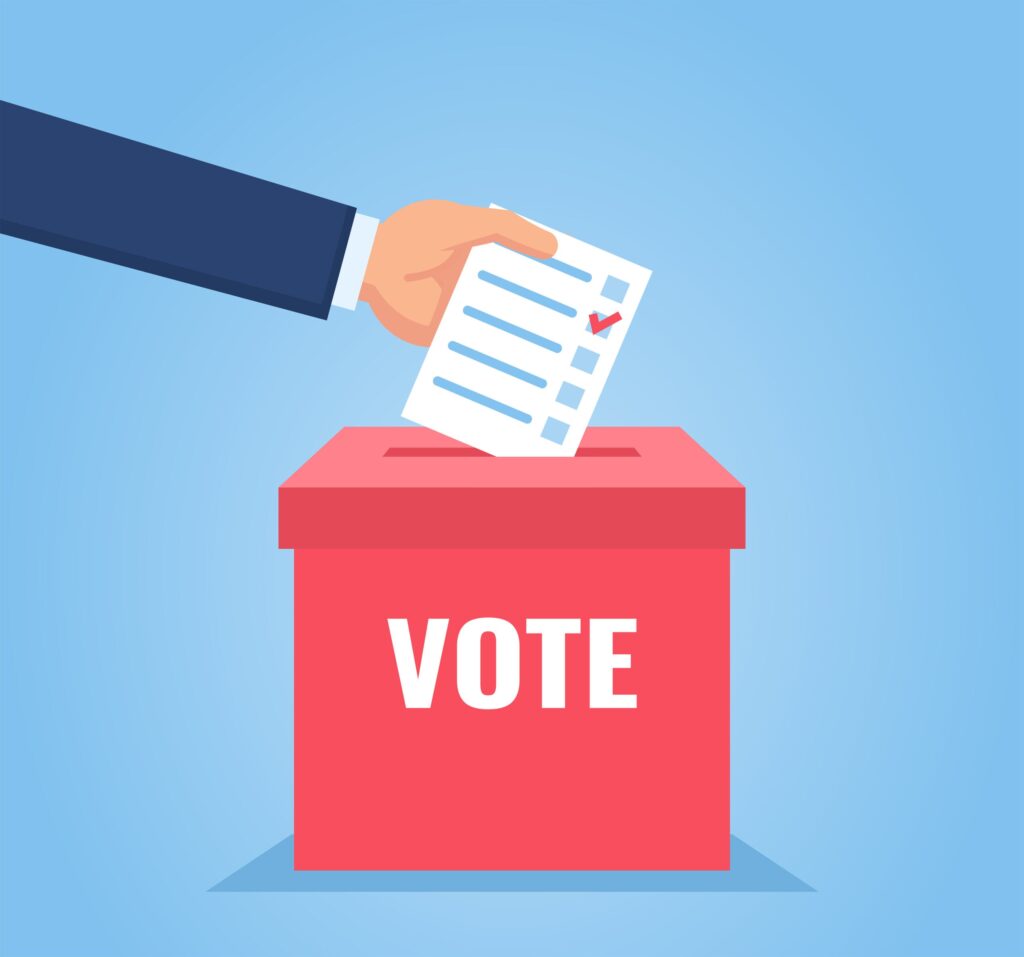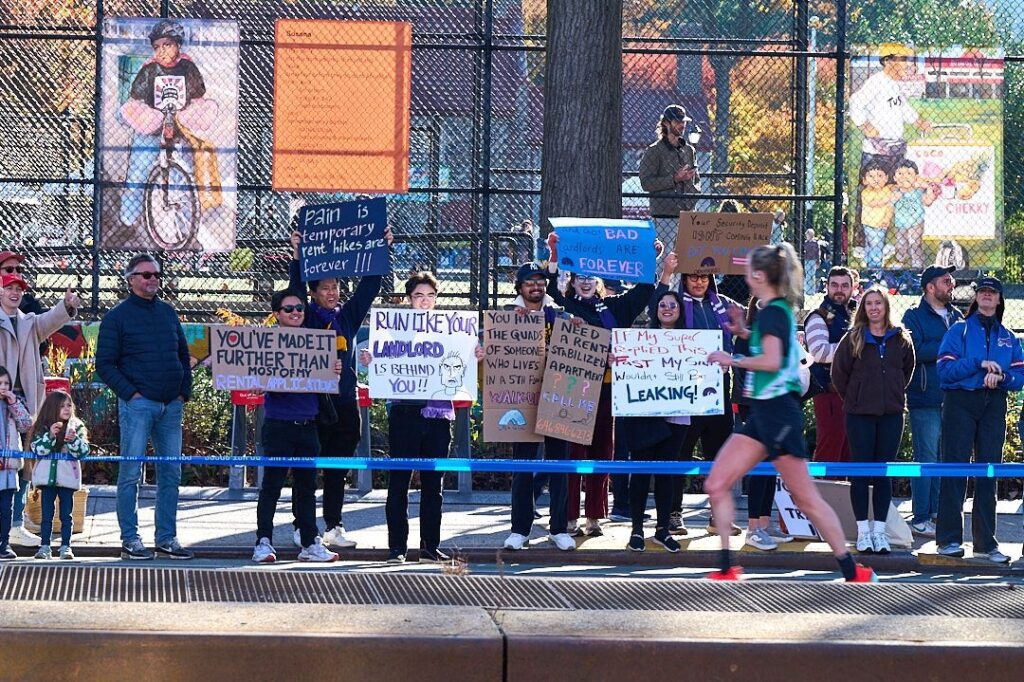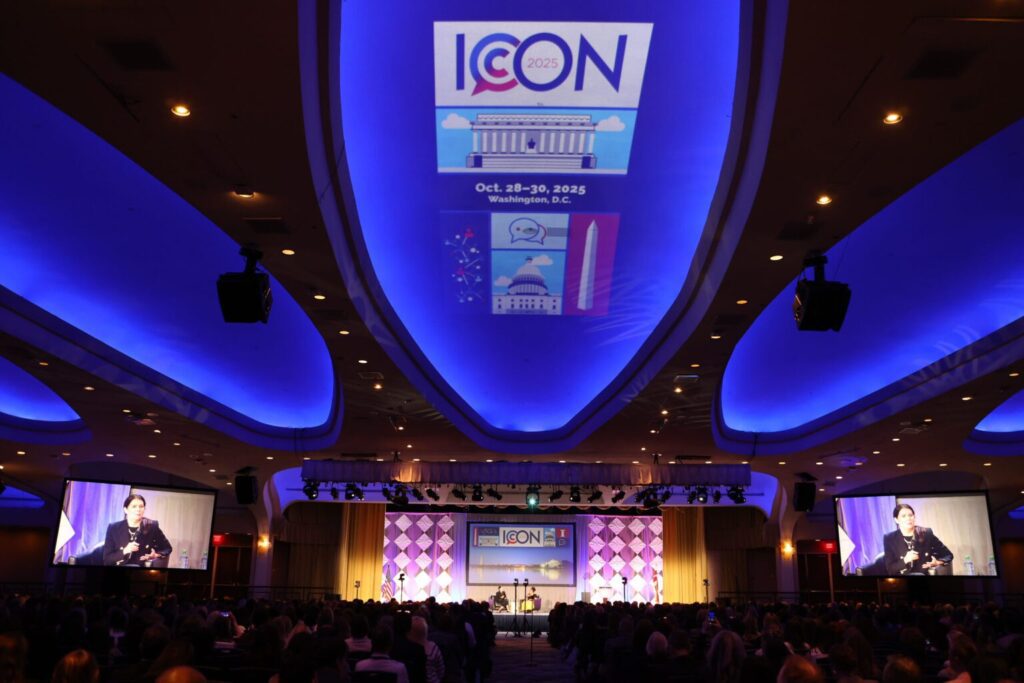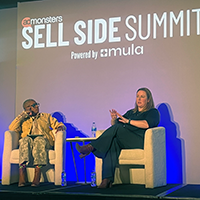Sampling enjoyed another year of growth in 2003 as marketers continued to place products directly into the hands of consumers. Spending is up 10% to about $1.5 billion from $1.3 billion in 2002, according to Russ Bowman, Promotion Marketing Association board member and co-author of All About Sampling & Demonstrations.
Over the years, sampling has spread its roots beyond in-store. Marketers now take product trials on the road to events, state fairs, malls, store demos and other venues. Retailers are constantly seeking “retailtainment” innovation (Wal-Mart’s term) and sampling often plays into that mix.
“It keeps getting better and better — it’s not your grandma’s demo,” says Caroline Nakken, president and CEO of Cerritos, CA-based Mass Connections, which creates and produces programs for CPG companies and retailers. According to Nakken, both retailers and consumers have impacted the surge in sampling.
“Retailers are asking for it. Supermarkets need to generate the excitement to get people to come into their stores versus their mass-merch competitors,” she says. “Seventy percent of shoppers are more likely to shop at a grocery store that offers product samples more frequently. Trader Joe’s is always giving away free things — consumers like trying something risk-free.”
“Sampling can form the nucleus of an integrated marketing program,” agrees Rich Greene, president of Greenwich, CT-based Maya Marketing. “It’s a great foundation for a larger campaign, especially to help drive participation with an intimidated consumer who is less apt to participate.”
Another factor contributing to the sampling upswing is its relative ease of measurement. Sophisticated tracking devices can measure and forecast sampling campaigns down to the exact time a sample sells out. Trial packs of products, which often carry a higher value than a single sample, can be bar scanned to ensure that one pack per consumer is handed out.
“I think that for an industry that’s increasingly ROI-conscious, sampling is something that will continue to grow,” predicts Derek White, executive VP-general manager media marketing for Boston-based Alloy, Inc.
Online sampling is also experiencing growth as more budget dollars are beginning to switch to the digital channel. Online sampling allows customers to request specific product samples therefore eliminating waste.
“Our business grew 70% in 2003 as customers begin to make online sampling part of their ongoing process,” says Larry Burns, CEO of Startsampling.com. “We have the ability to go back and recontact people and execute research 12 to 16 weeks after the event to determine ROI. Assuming that the product fulfills, sampling has always been a wonderful tactic.”
More and more consumers are getting a chance to interact with new products, as opposed to sitting back and observing a sterile demonstration.
“We’re seeing an increase in experiential sampling because it’s a very interactive thing — it brings the product to the consumer and there is no action required,” White explains.
Teen and young adult marketing specialist AMP has created youth-targeted sampling programs that reach 2.5 million college students at 1,700 universities by way of campus trial packs and product giveaways.
Research indicates that 63% of college students who have ever received a sample on campus say that they have purchased a product because of the sample, according to 360 College Explorer, a research project sponsored by 360 Youth/Harris Interactive. Among youth-targeted sampling programs tested, the number of purchasers increased an average of 51% in the three months following sampling, according to a different survey conducted by Burke Marketing Research.
Maya Marketing conducted non-traditional sampling campaigns for Beiersdorf’s Nivea for Men products in 2003 and the beginning of 2004. Street teams called Q Conductors handed out samples targeting male consumers at more than 792 rail and subway stations across the country. The company distributed 2 million samples.
“We conducted the campaign with no permits whatsoever,” explains Greene. “We went under the radar at train stations from five-to-eight a.m. and as a result we saw a 100% increase in sales and a 50% increase for the entire line [10 SKUs].”
In targeting pet-owners, New York-based Grand Central Marketing also employs less-than-traditional sampling efforts in an attempt to keep brand perspective fun and offbeat. The company distributed 1,000 18-ounce boxes of Meow Mix Hair Ball Control formula to New Yorkers by way of the Meow Mix Mobile, which features a wagging tail, moving eyes and music coming out of its ears.
“There are two Meow Mix Mobiles, which will embark on tour this summer as we go to fairs, festivals, malls, retailers, shelters, humane societies and even make surprise visits to the homes of some of the people who have written in to Meow Mix,” says Matthew Glass, president of Grand Central Marketing.
The Meow Mix Mobiles distribute product samples as they tour the country. Grand Central Marketing has also sampled to dogs at parks and dog runs by building an elaborate doggy bar. Hungry canines literally got to taste test Purina’s new Beneful dog food for themselves.
“With dog and cat owners it’s hard to get them to switch products, but by giving them something new to take home like Meow Mix’s Seafood Vittles, consumers can test a new product risk-free,” Glass explains.
SNAPSHOT 2003
- Total spent in 2003: approximately $1.5 billion (up 10% over 2002)
- Outlook for 2004 is continued growth, with heavy sampling efforts tied to entertainment and event marketing





